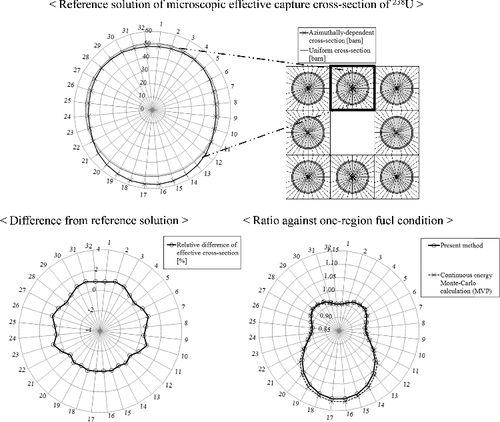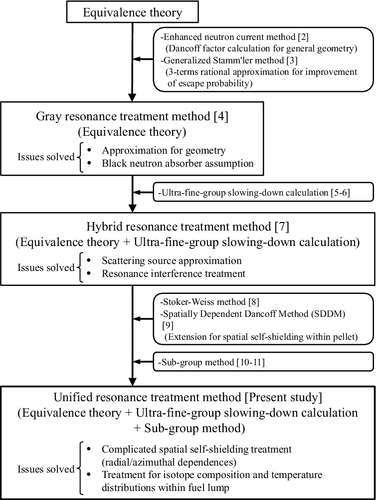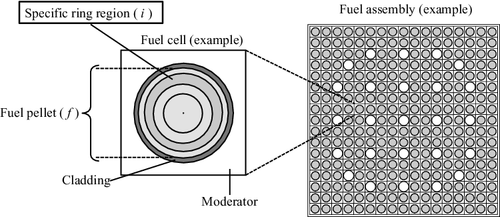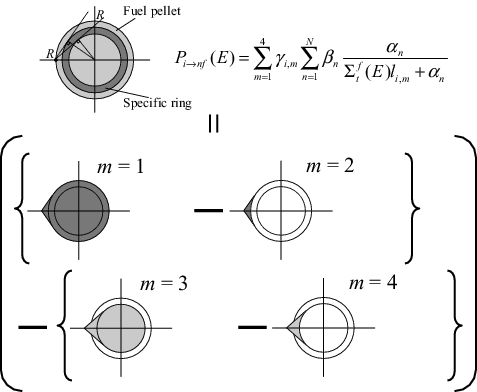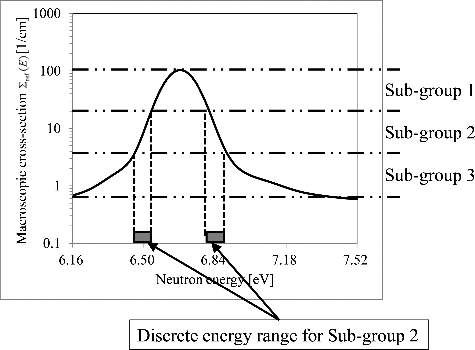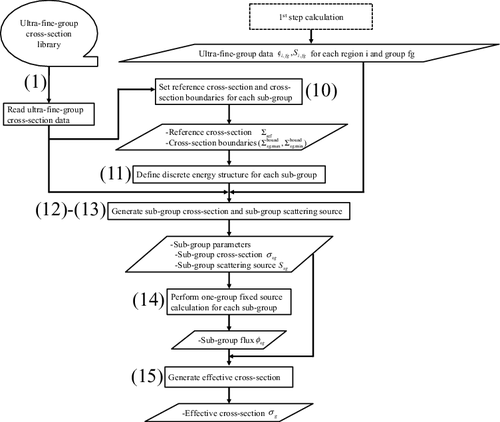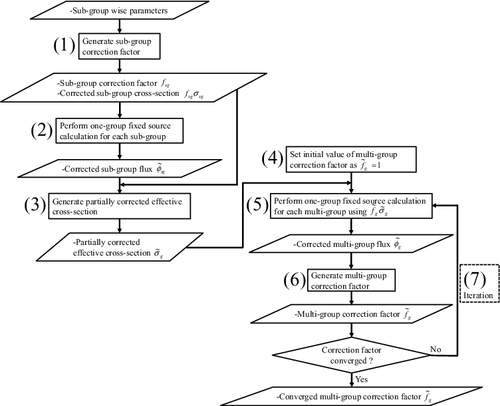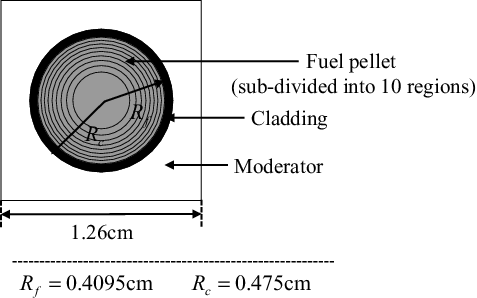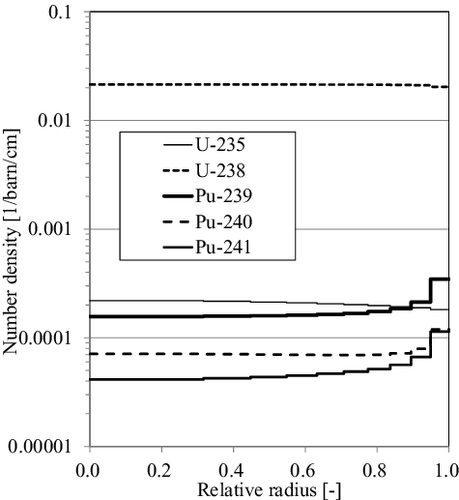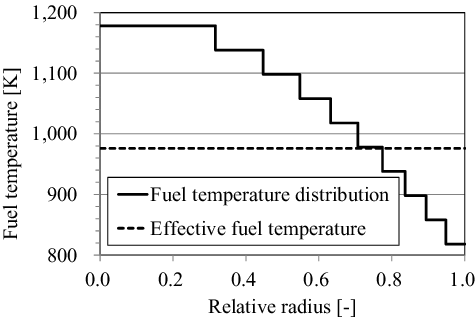Figures & data
Table 1. Concept of two-step resonance treatment
Table 2. Summary of the main calculation procedures for the present method
Table 3. Verification list
Table 4. Specifications of the pin-cell model
Figure 9. Comparison of ultra-fine-group fluxes between the present method (first-step calculation) and the continuous energy Monte-Carlo calculation (MVP).
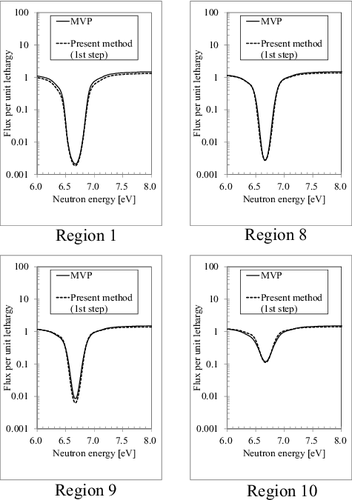
Table 5. Calculation time for the ultra-fine-group flux
Figure 10. Sub-group cross-sections and their differences from the direct heterogeneous ultra-fine-group calculation results.
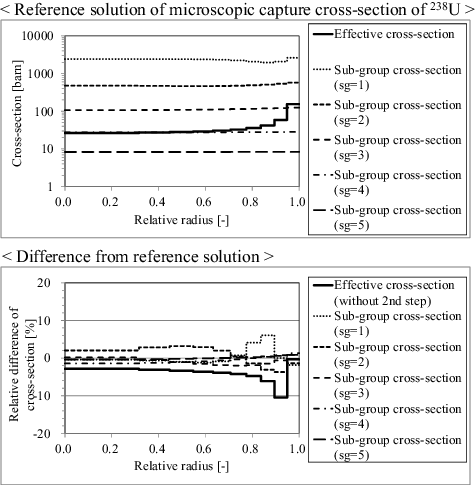
Figure 11. Effective cross-sections and their differences from the continuous energy Monte-Carlo calculation (MVP).
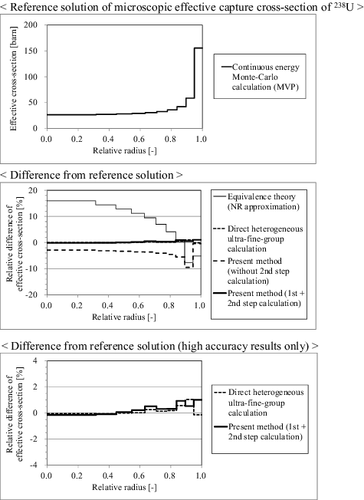
Table 6. Differences of effective cross-section from the continuous energy Monte-Carlo calculation (MVP)
Table 7. Estimation for the number of one-group fixed-source transport calculations
Table 8. Brief estimation for the calculation time on fuel assembly geometry
Table 9. Qualitative comparison of overall performance for resonance self-shielding treatments
Figure 12. Correction factors and their differences from the direct heterogeneous ultra-fine-group calculation results.
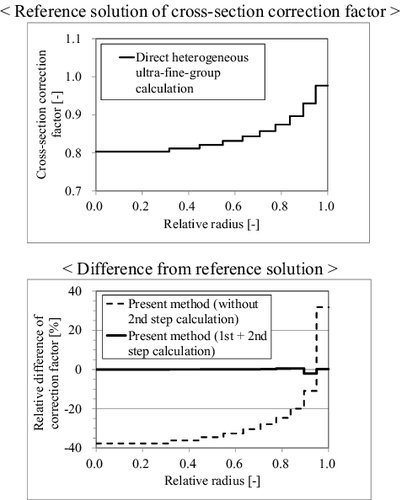
Figure 13. Reaction-rates and their differences from the continuous energy Monte-Carlo calculation (MVP).

Figure 15. Effective cross-sections and their differences from the continuous energy Monte-Carlo calculation (MVP) with non-uniform isotope composition.
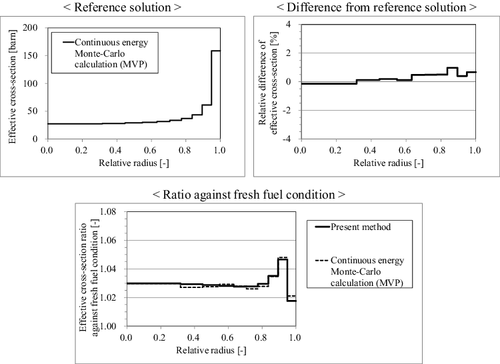
Figure 16. Effective cross-sections and their differences from the continuous energy Monte-Carlo calculation (MVP) for annular fuel.
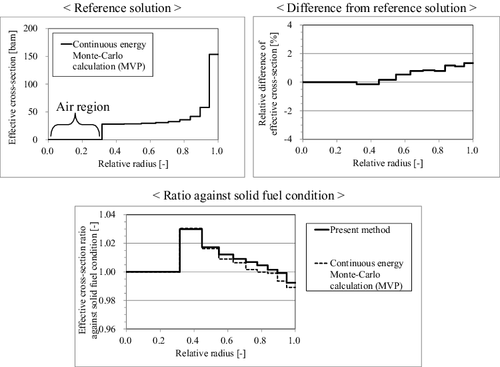
Figure 18. Effective cross-sections and their differences from the continuous energy Monte-Carlo calculation (MVP) with non-uniform fuel temperature.
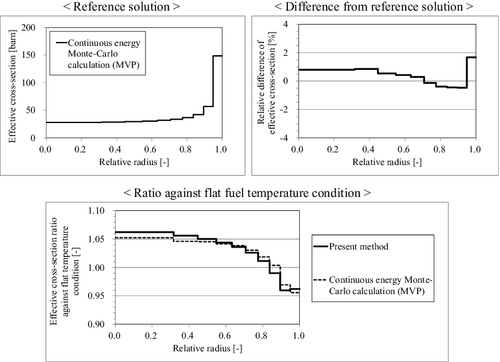
Figure 19. Azimuthally dependent effective cross-sections and their differences from the continuous energy Monte-Carlo calculation (MVP) for unit pin-cell.

Figure 20. Azimuthally dependent effective cross-section ratios in each ring region for unit pin-cell.
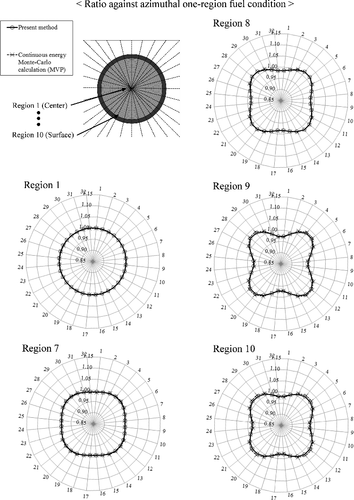
Figure 21. Azimuthally dependent effective cross-sections and their differences from the continuous energy Monte-Carlo calculation (MVP) for 3×3 multi-cell with large water region (corner fuel).
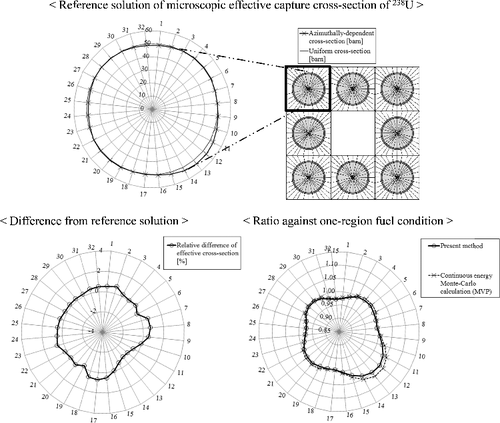
Figure 22. Azimuthally dependent effective cross-sections and their differences from the continuous energy Monte-Carlo calculation (MVP) for 3×3 multi-cell with large water region (vertical fuel).
